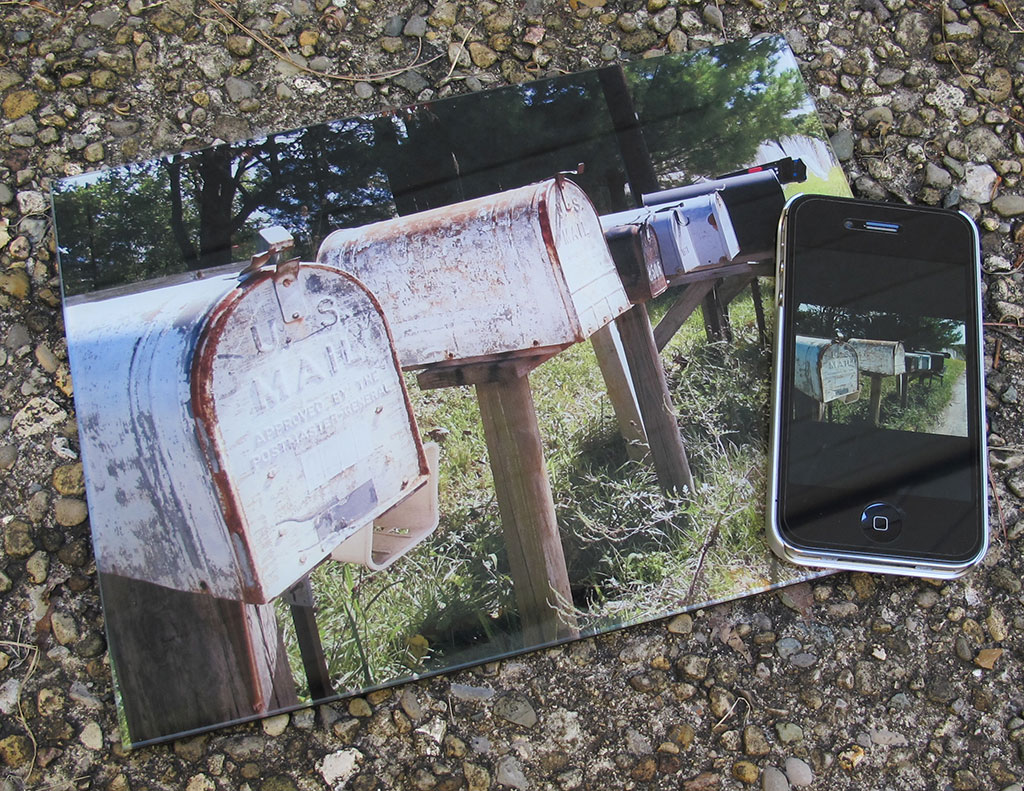

When they were ready to build a mobile site, they researched development shops and outsourcing options and got a recommendation for Gigster from a former employee.īased on the professionalism of the website, the price he was quoted, and the reviews he read, Theodore said Gigster seemed like a great match for what he was looking for. He eventually developed beautiful, state-of-the-art glass-printed images, which Theodore hoped would inspire people not just to print to their memorable moments, but to turn them into home decor.Īfter three years of prototyping and getting the mechanics and marketing straight, Theodore and his partner built Fracture-a company that allows customers to print their photos directly onto state-of-the-art, pure glass. He sought to find a way to make people want to print their images again. He believed that printing had become obsolete because it hadn’t kept up with the technological advances in photography. Theodore missed the tangible aspects of photos. Now, these shoe boxes are digital, but we don’t have the same ability to look at the photos in them because that shoebox has scaled enormously with technology. They were only able to store a certain number of images due to the box’s physical size. ChallengeĪlex Theodore, cofounder and CTO of Fracture, explains this situation as “the digital shoebox.” Before digital photography became the norm, people used to store their photographs in old shoe boxes. While the photo industry continues to advance technologically and reach more consumers due to online sharing and social media, photo printing has become a thing of the past. The average shutterbug takes 10,000 photos each year, printing only 10. Yet they have lost interest in printing them. Foundora “Abhi Lokesh, Co-Founder of Fracture, Shares His Startup Story, His Lessons Learnt & Speaks About Challenges of Tangible Product Startups”, February 14, 2011.

#Fracture glass photography tv

īy July 2015, the company had filled over 100,000 orders. īy 2014, the company had filled about 50,000 orders. In 2013 the company raised an additional $500,000 to pay for further expansion. In 2011, after a Groupon promotion, sales increased significantly, and the company moved to a larger building and had ten employees. Theodore and Lokesh raised $1.5 million in funding from outside investors, including Tamiami Angel Fund I in 2012. They began selling their product in December 2009. History Ī startup company in North Central Florida, Fracture was founded by two graduates of The University of Florida, Alex Theodore and Abhi Lokesh. The company is based in Gainesville, Florida. Fracture's main service is printing photos directly onto glass. San Felasco Tech City, where Fracture has its principal officeįracture is an Internet-based photo finishing service.


 0 kommentar(er)
0 kommentar(er)
